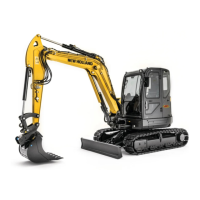
Do you have a question about the New Holland E60C and is the answer not in the manual?
| Brand | New Holland |
|---|---|
| Model | E60C |
| Category | Excavators |
| Language | English |
Explains personal safety precautions and signal words like DANGER, WARNING, CAUTION.
Explains machine safety precautions using the signal word NOTICE.
Explains the use of the signal word NOTE for additional information.
Lists critical warnings before performing maintenance, like shutting off the engine.
Emphasizes the use of PPE for personal safety during operations.
Covers safety precautions for lifting heavy objects and equipment.
Details safety warnings related to the hydraulic system, such as burn and pressure hazards.
Outlines safety precautions when working with batteries, including acid and explosion risks.
Warns about hazardous chemicals in fluids and provides first-aid measures.
Specific warning about hot coolant spray from the radiator or tank cap.
Addresses risks of high-pressure fluid leaks and how to avoid injury.
Covers safe handling of chemicals like fuel and lubricants, including PPE.
Offers practical advice on handling and disposing of fluids and materials to protect the environment.
Explains the importance and process of proper battery recycling.
Details specific legal requirements for battery recycling in Brazil.
Provides standard torque specifications for coarse and fine thread bolts and nuts.
Lists torque values for pipe and hose fittings using the FLARE type connection.
Lists torque values for pipe and hose fittings using the ORFS type connection.
Specifies torque settings for various fitting sizes.
Details special torque settings for engine mounting bolts and brackets.
Lists special torque settings for hydraulic system components like pumps and valves.
Provides special torque settings for power train components such as motors and sprockets.
Lists special torque settings for undercarriage components like track shoes and rollers.
Includes special torque settings for other components like cab and operator's seat.
Explains the process of selecting and measuring shims for adjustments.
Guides on correct installation procedures for rotating shaft seals.
Provides instructions for lubricating and installing O-ring seals.
Details the application of sealing compounds on mating surfaces.
Emphasizes using genuine parts and provides ordering information.
Outlines safety practices to prevent damage to electronic systems during charging and welding.
Lists specifications for the engine, including model, bore, stroke, and power.
Details specifications for the main hydraulic pump, such as type and capacity.
Provides specifications for the gear pump, including type and pressure ratings.
Lists specifications for the main control valve, including operating method and pressure settings.
Specifies details of the swing motor, including type, capacity, and relief pressure.
Lists specifications for the travel motor, such as type, relief pressure, and braking system.
Provides dimensions and cushion type for boom, arm, bucket, and dozer cylinders.
Lists shoe width, ground pressure, and overall width for steel and rubber shoes.
States the count of carrier rollers, track rollers, and track shoes.
Lists the weights of various machine components and assemblies.
Specifies the overall length of the machine.
Details the machine's overall width with a specific shoe size.
Provides the overall height of the machine.
Indicates the width of the machine's superstructure.
Gives the height measurement of the operator's cab.
Specifies the ground clearance under the counterweight.
Gives the height of the engine cover.
States the minimum ground clearance of the machine.
Measurement from the rear of the machine to a reference point.
Defines the swing radius from the machine's rear.
Specifies the distance between the track tumblers.
Provides the length of the undercarriage.
Indicates the width of the undercarriage.
Specifies the distance between the centers of the tracks.
Gives the standard width of the track shoe.
Specifies the height of the dozer blade.
Ground clearance when the blade is raised.
Maximum depth the blade can reach.
The maximum horizontal distance the bucket can reach.
Maximum reach of the bucket when on the ground.
The deepest excavation depth the machine can achieve.
Maximum digging depth at an 8-foot (2.4m) level.
Maximum depth for digging against a vertical wall.
The maximum height the bucket can be lifted.
The maximum height for dumping material.
The smallest radius the machine can swing around.
Specifies the swing angles for the boom in both directions.
The force exerted by the bucket during digging.
The force exerted by the arm during the crowding action.
Conversion table for millimeters to inches.
Conversion table for inches to millimeters.
Conversion table from feet to meters.
Conversion table from meters to feet.
Conversion table from miles to kilometers.
Conversion table from kilometers to miles.
Conversion table for square inches to square centimeters.
Conversion table for square centimeters to square inches.
Conversion table for cubic inches to cubic centimeters.
Conversion table for cubic centimeters to cubic inches.
Conversion table from US gallons to liters.
Conversion table from liters to US gallons.
Conversion table from Imperial gallons to liters.
Conversion table from liters to Imperial gallons.
Conversion table from pounds to kilograms.
Conversion table from kilograms to pounds.
Conversion of weight in kilograms to Newtons.
Conversion of Newtons to weight in kilograms.
Conversion of psi to kgf/cm².
Conversion of lb-ft to kgf-m.
Conversion of kilopascals to kgf/cm².
Conversion of kgf-m to lb-ft.
Conversion of kgf-m to N·m.
Conversion of N·m to kgf-m.
Table for converting Fahrenheit to Centigrade temperatures.
Table for converting Centigrade to Fahrenheit temperatures.
Information on using biodiesel fuels in New Holland equipment.
Guidelines and concerns for using biodiesel fuel.
Recommendations for storing machines with biodiesel.
Locates the Product Identification Number (PIN) plate on the machine.
Describes the location and information on the engine ID label.
Explains the location and purpose of the engine emission decal.
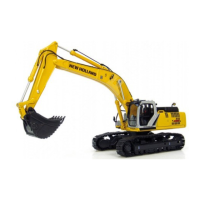
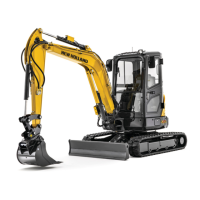
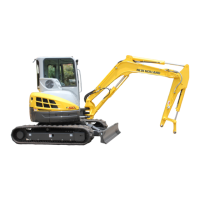
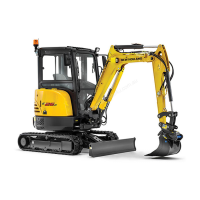

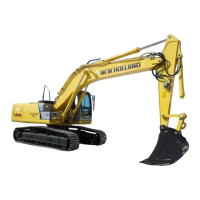
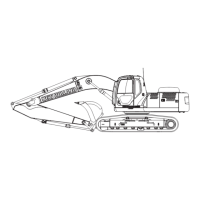
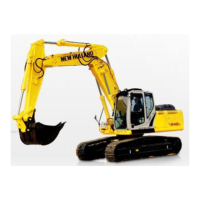
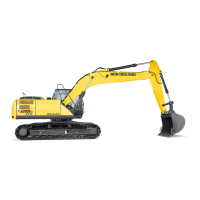


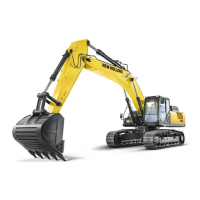
